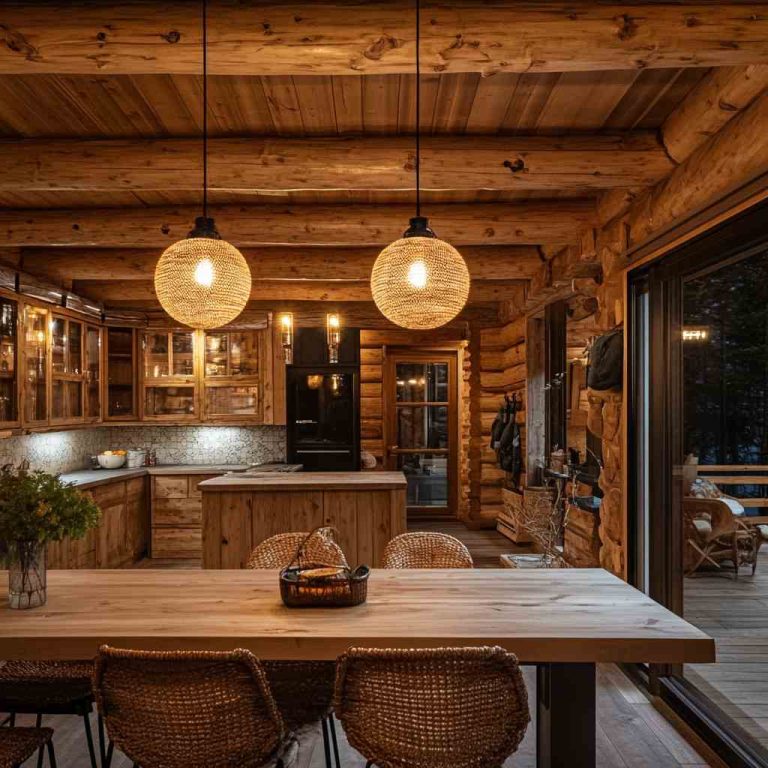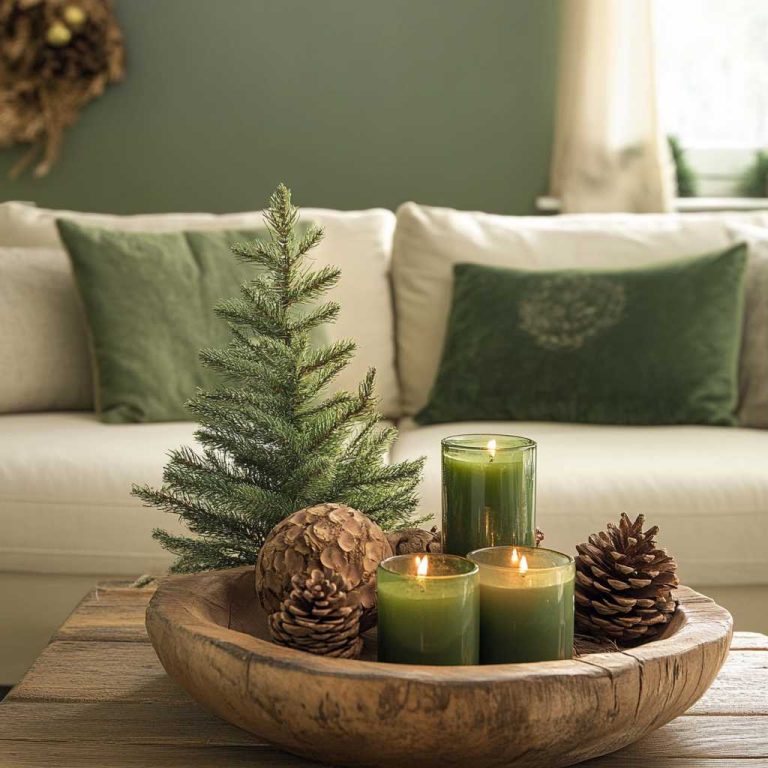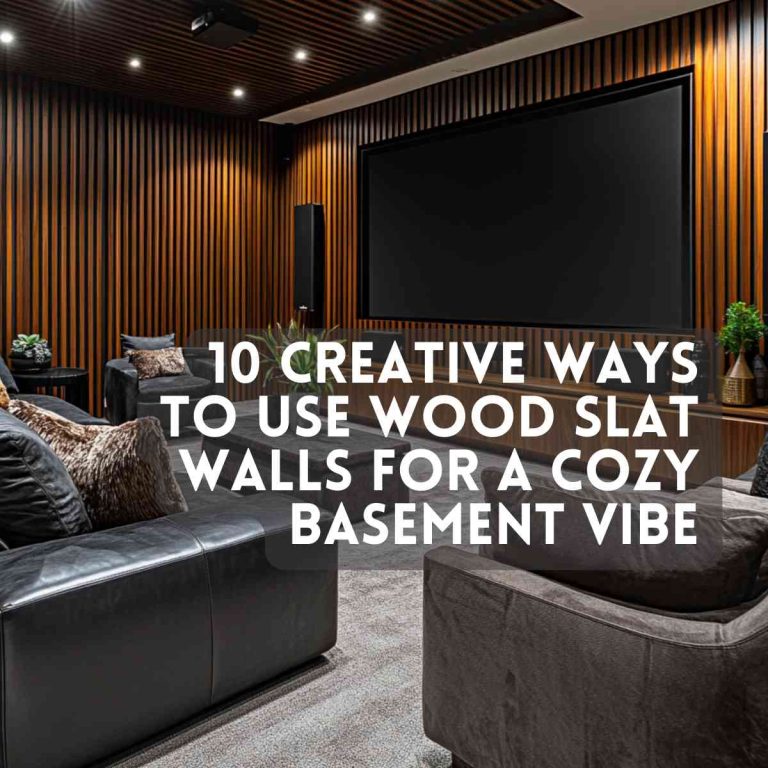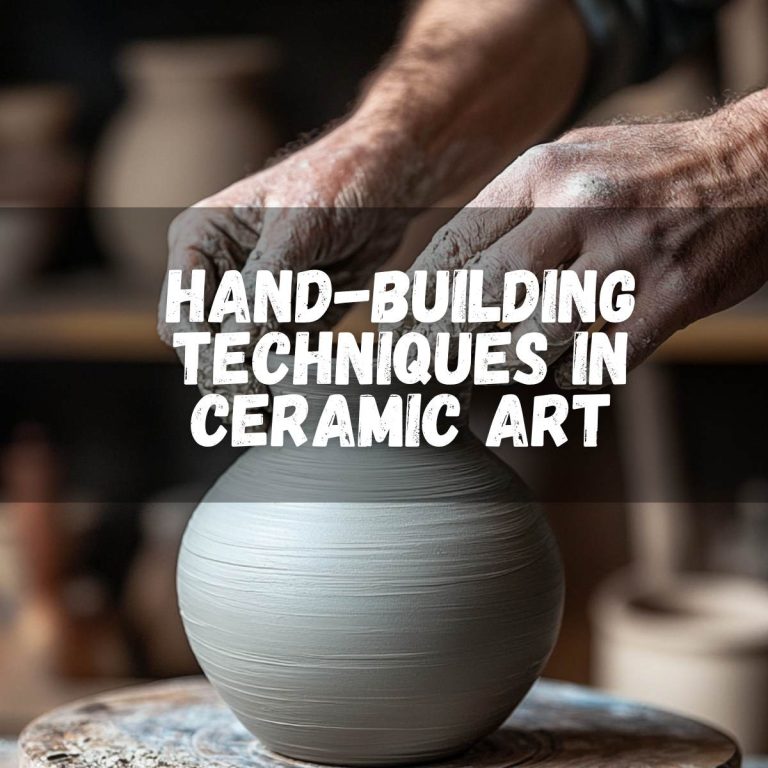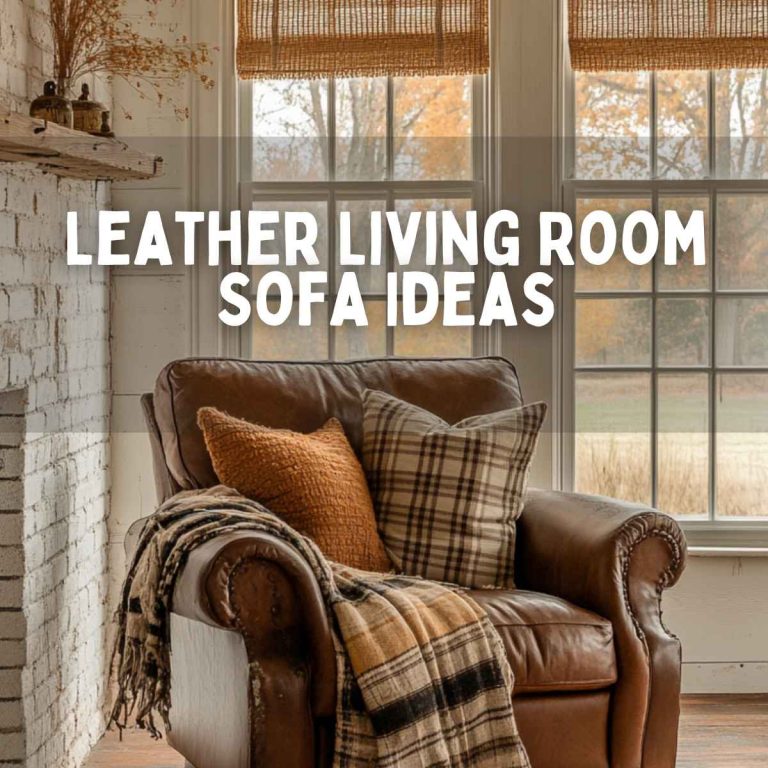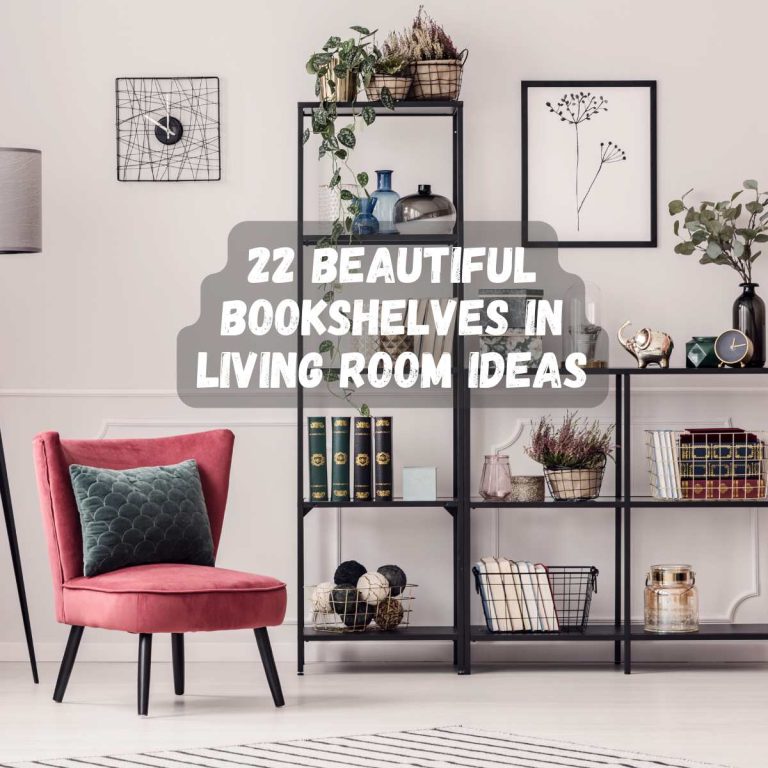Transform Your Space with a Textured Paint Accent Wall – Styles, Tips & Inspiration
If your walls could talk, would they speak in shades of flat color—or would they shout with character? A textured paint accent wall is one of the most powerful yet underrated ways to elevate your space without a major overhaul. Whether you’re drawn to rustic charm, modern minimalism, or artistic boldness, textured paint offers a dimension that plain walls simply can’t replicate.
In this article, we’ll explore the what, why, and how of textured paint accent walls, guiding you through types, techniques, design ideas, and DIY tips to help you breathe life into any room.
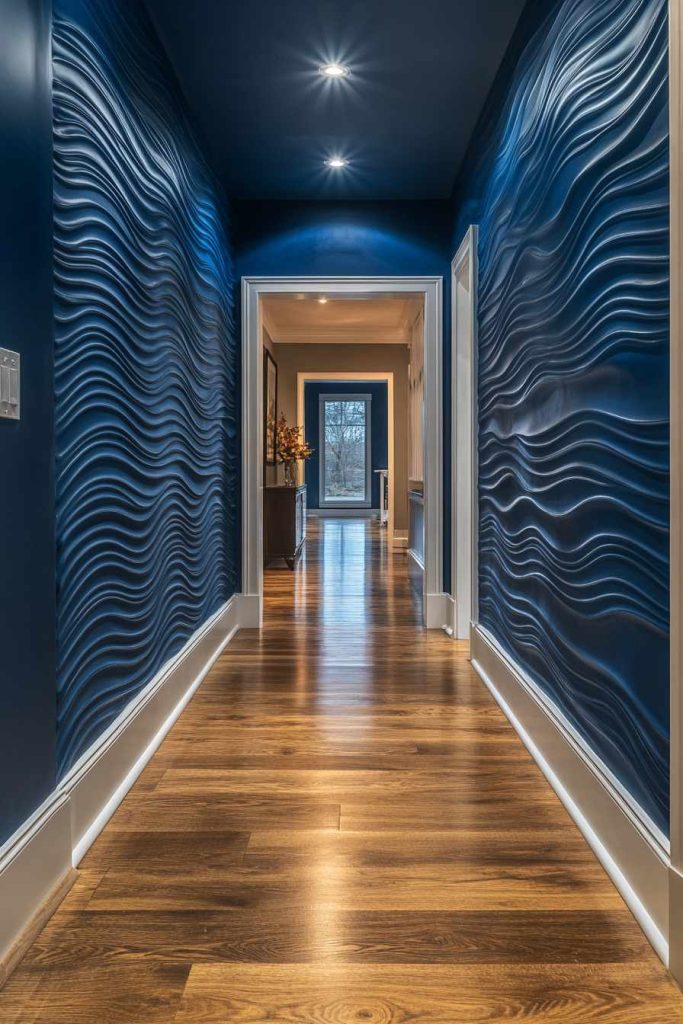
What Is a Textured Paint Accent Wall?
A textured paint accent wall is a single wall in a room painted using special techniques and materials that add dimension, depth, and tactile richness. Unlike traditional flat paint, textured paint creates a three-dimensional surface that catches light differently and creates shadows, movement, and interest.
It’s not just a color—it’s a feeling. A textured wall invites you to not only look but to feel and interact with your environment in a new way.
Accent walls serve as focal points in interior design. When done with textured paint, they elevate the visual appeal even more, giving a room architectural depth without requiring physical changes.
Why Choose a Textured Paint Wall Over Flat Paint or Wallpaper?
- Depth & Drama: Flat walls can look sterile. Texture adds life, movement, and variation.
- Hides Imperfections: Uneven drywall or patched areas disappear beneath textured finishes.
- Customizable Styles: From Mediterranean stucco to industrial concrete effects, there’s a texture for every taste.
- Long-Lasting: High-quality textured paints resist chips, and many are easier to maintain than wallpaper.
Popular Textured Paint Finishes
Each type of textured finish tells a different story. Here’s a look at some popular techniques you might want to try:
1. Knockdown Texture
Created by applying joint compound and flattening it with a wide knife, this gives a rugged yet refined stucco look. Common in Mediterranean and rustic homes, knockdown texture adds subtle shadows and looks especially beautiful in natural or muted tones.
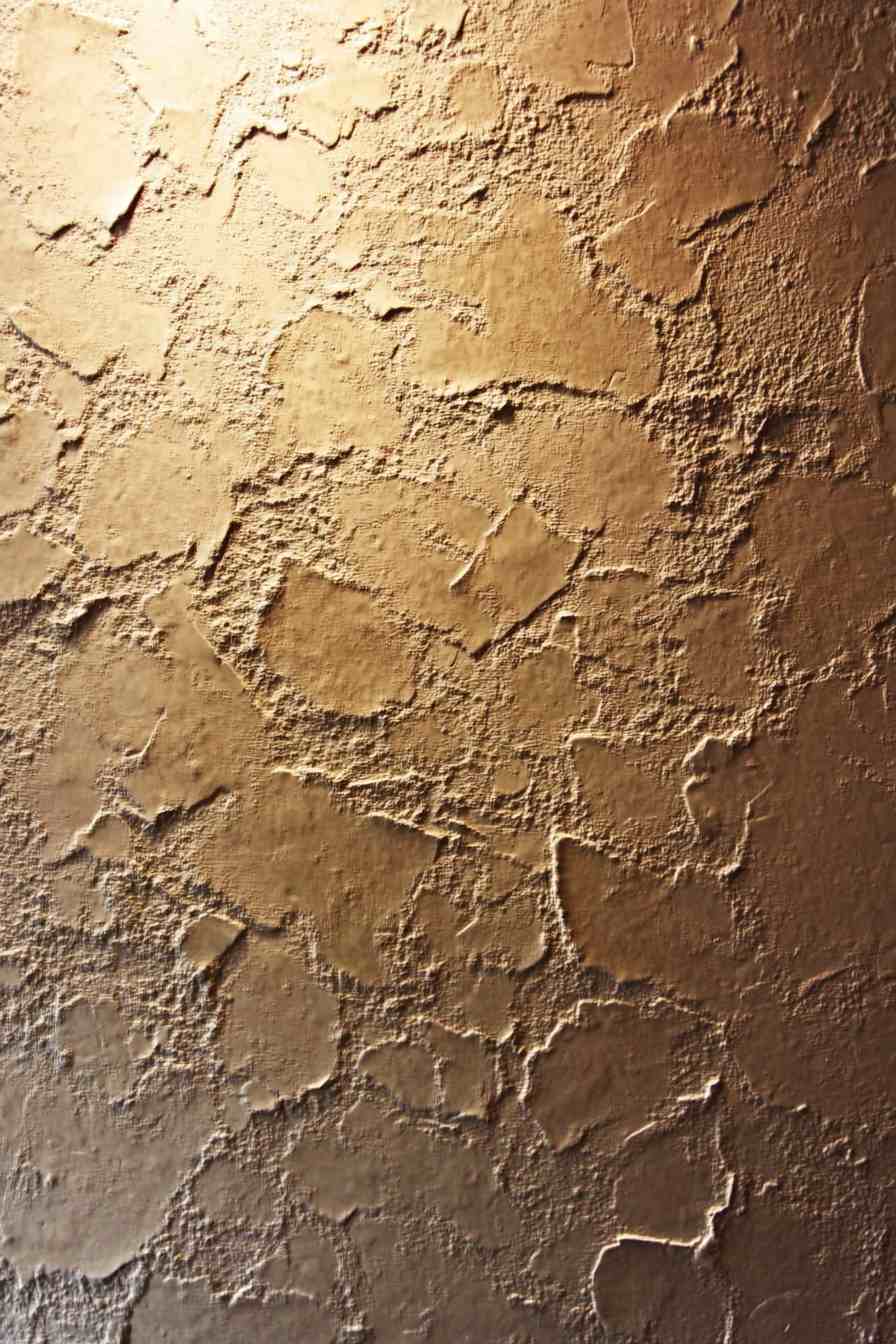
2. Sand Swirl
Soft arcs or swirls created using a brush and sand-infused paint. This pattern offers a dreamy, slightly retro feel, perfect for cozy living rooms or artistic spaces.

3. Slap Brush
This texture uses a brush to “slap” patterns onto the wall, creating abstract, irregular ridges. It’s a creative look that works well in bohemian or contemporary settings.
4. Orange Peel
Similar to the peel of an orange, this is a fine, bumpy texture often seen in modern homes. It offers a clean, minimal look but still hides imperfections better than smooth walls.
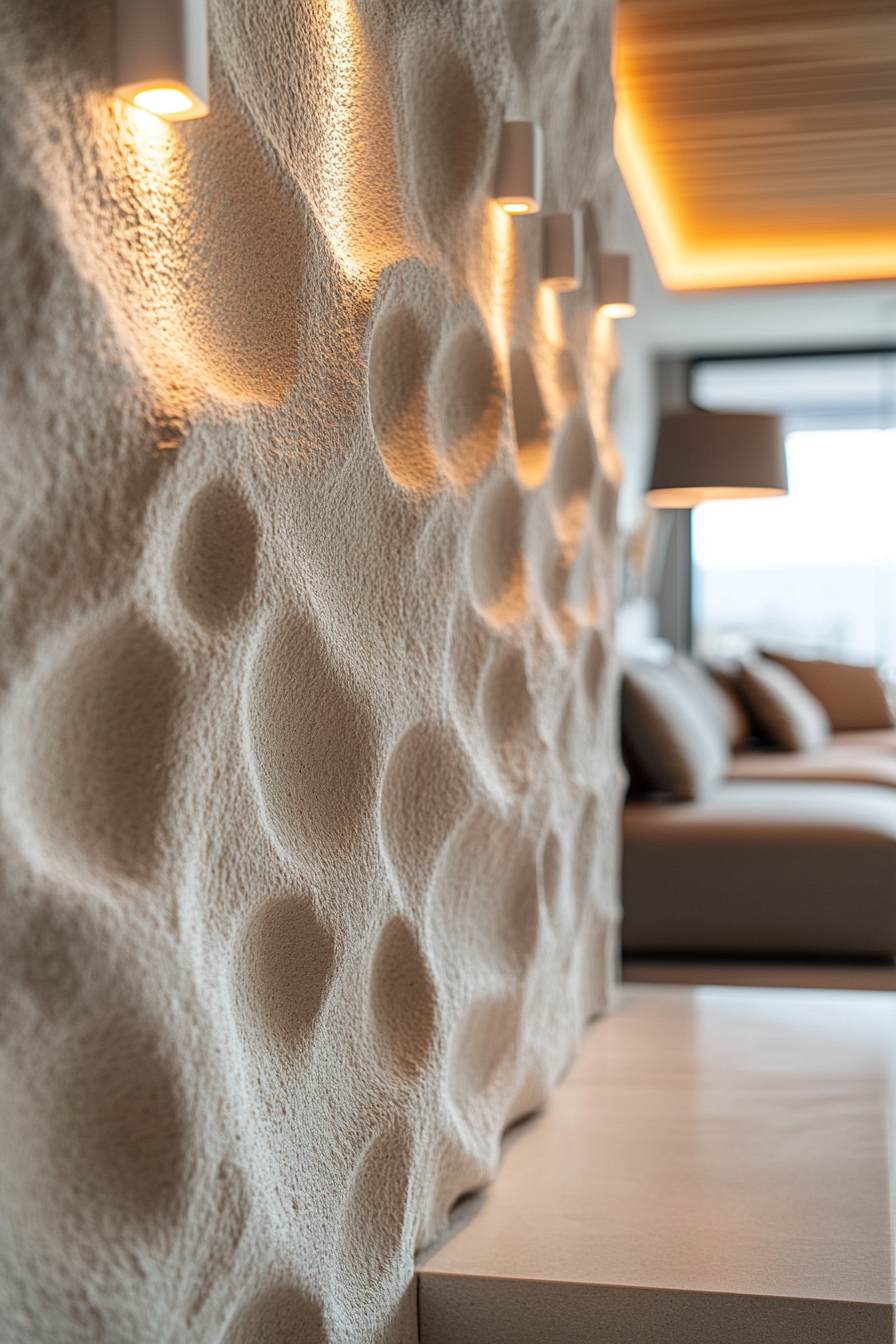
5. Venetian Plaster
Highly polished and sleek, this finish mimics marble. It adds old-world luxury and pairs beautifully with glam or classical decor.
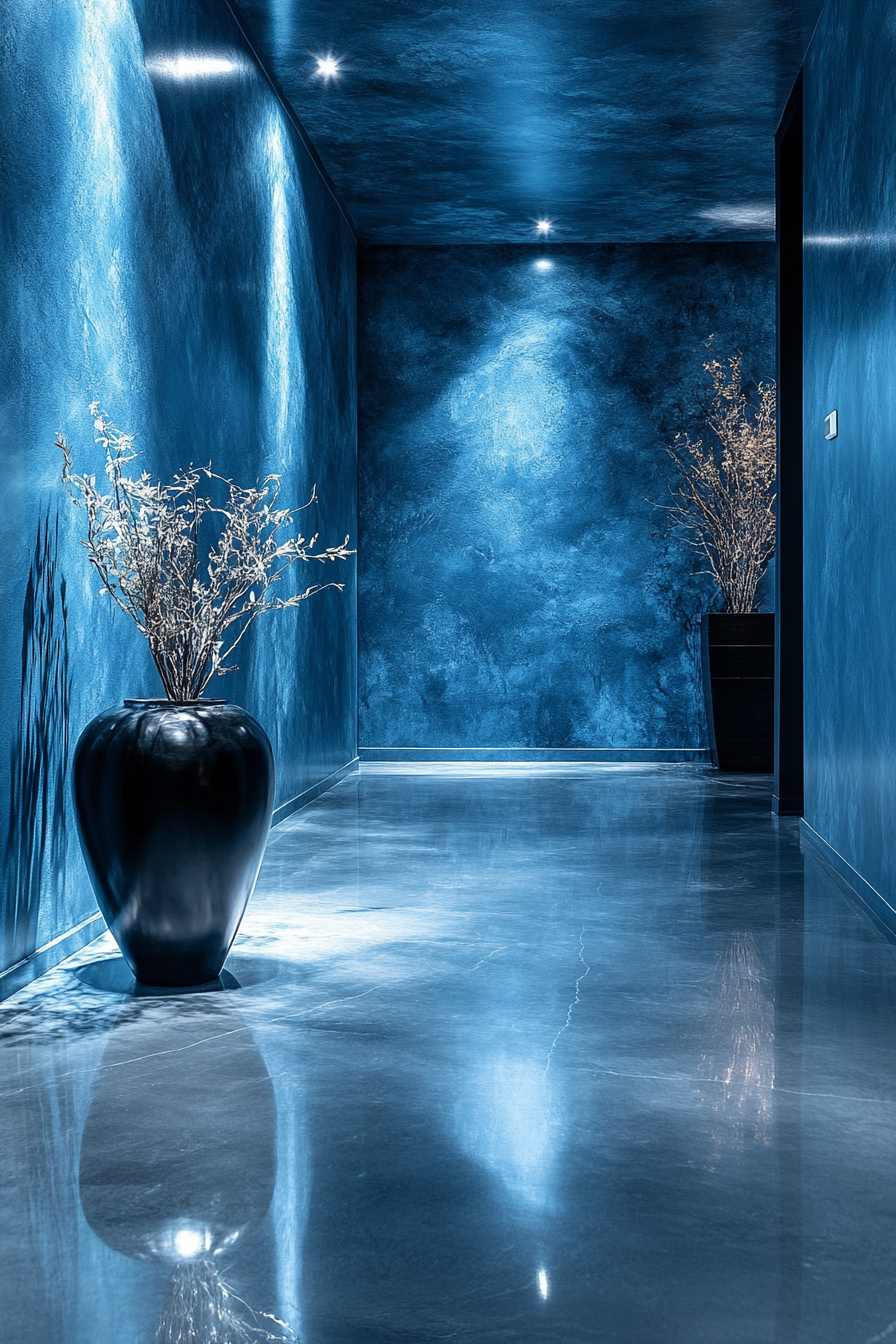
6. Faux Concrete or Stucco
These textures simulate stone or aged plaster walls, ideal for industrial or rustic interiors. They are often paired with raw wood beams, metal fixtures, and large windows.
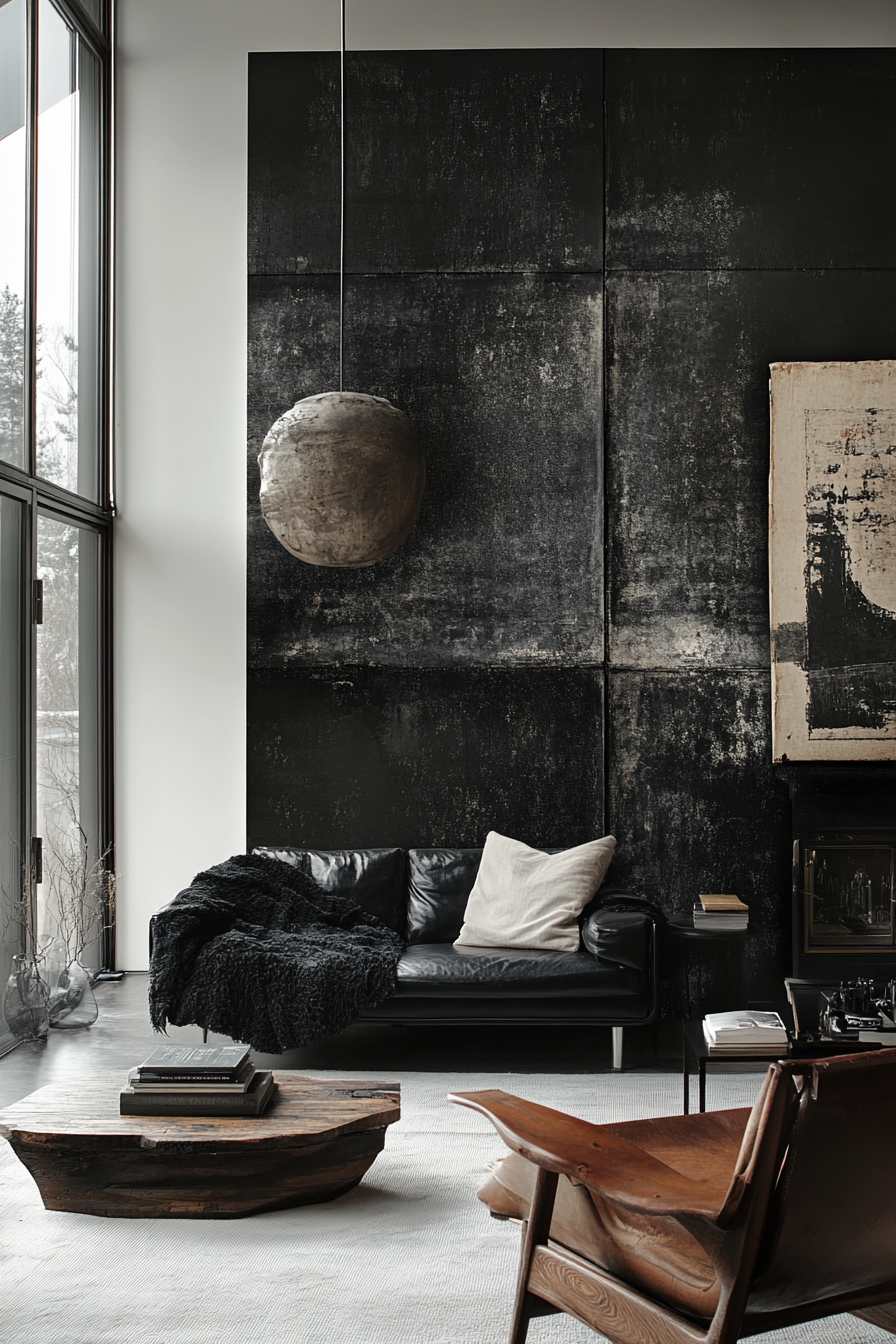
Best Rooms to Feature a Textured Paint Accent Wall
You can incorporate a textured accent wall in nearly any room, but here’s where it shines the most:
Living Room
Transform the wall behind your TV or couch. Textured paint here adds instant sophistication and becomes the room’s talking point. Combine it with floating shelves or framed art to increase depth.
Bedroom
The wall behind your bed—your headboard wall—is an ideal spot. A stucco or brushed texture in a soothing color like sage green or muted terracotta can create a calming retreat.
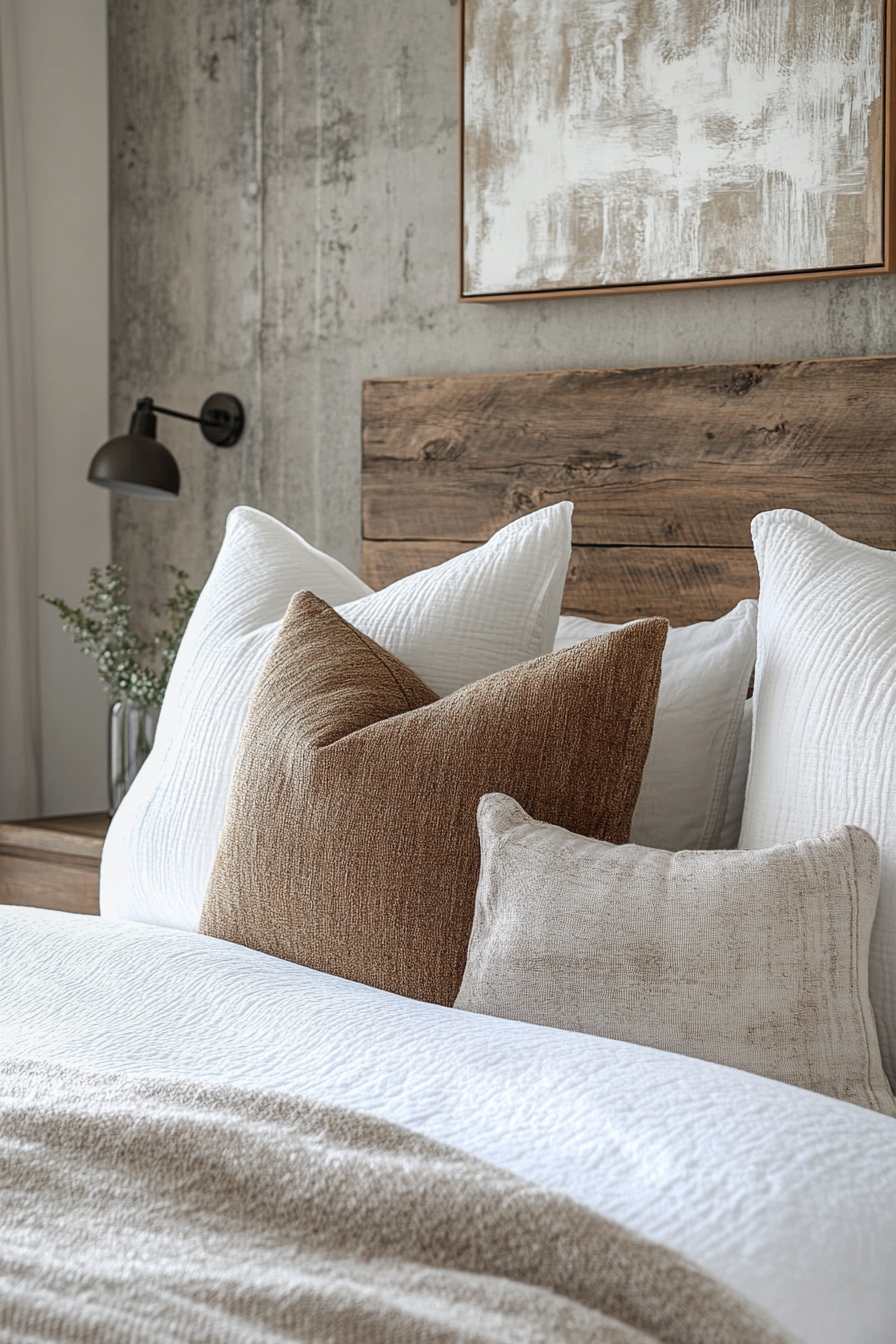
Dining Room
Dining rooms benefit from rich textures. A Venetian plaster wall in deep navy or burnt sienna can elevate dinner conversations with subtle luxury.
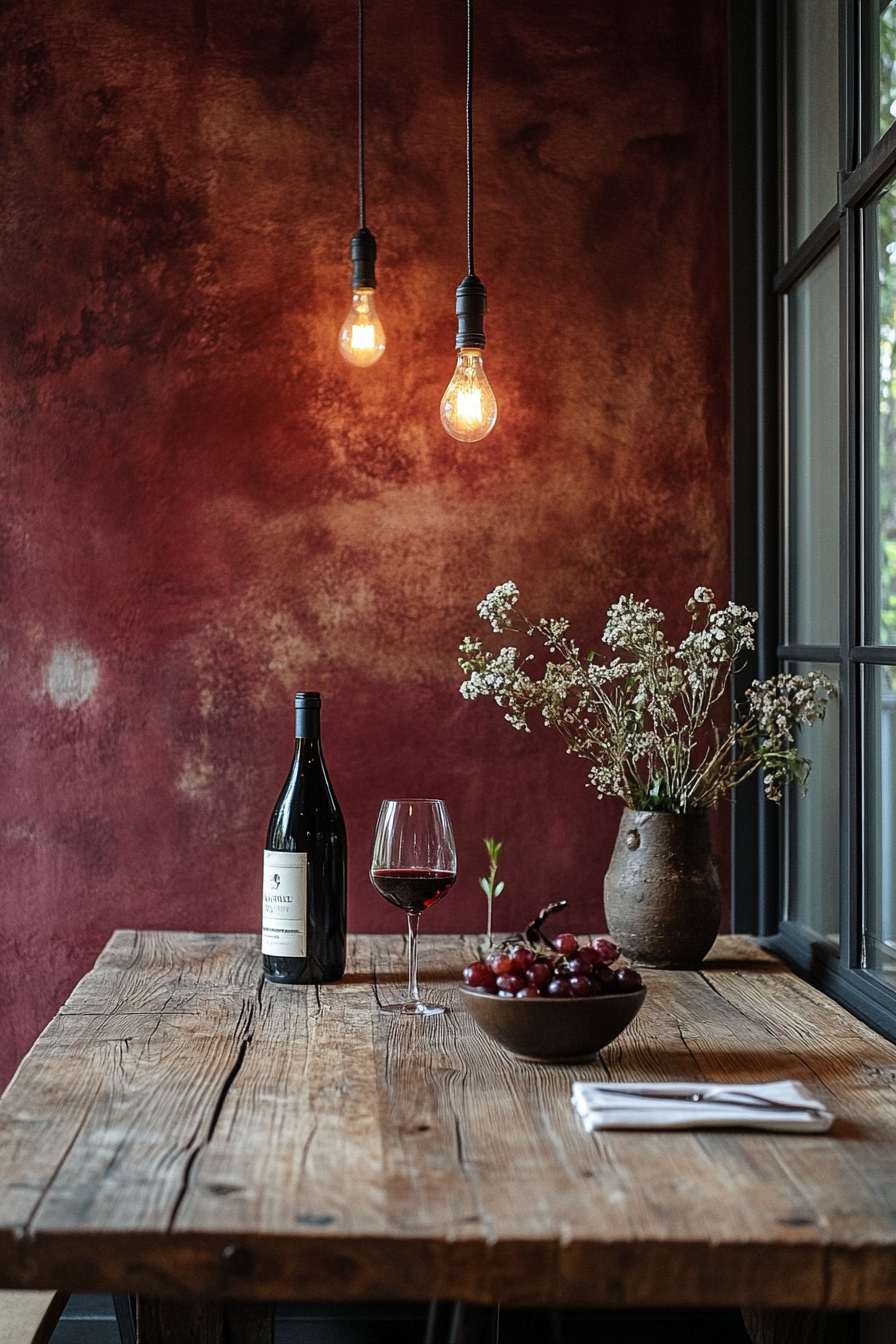
Home Office
A textured wall behind your desk can serve as a stylish Zoom backdrop while helping define your workspace.
Entryway
Welcome guests with a textural surprise. Whether it’s concrete finish or rustic brush strokes, it gives visitors an instant taste of your aesthetic.
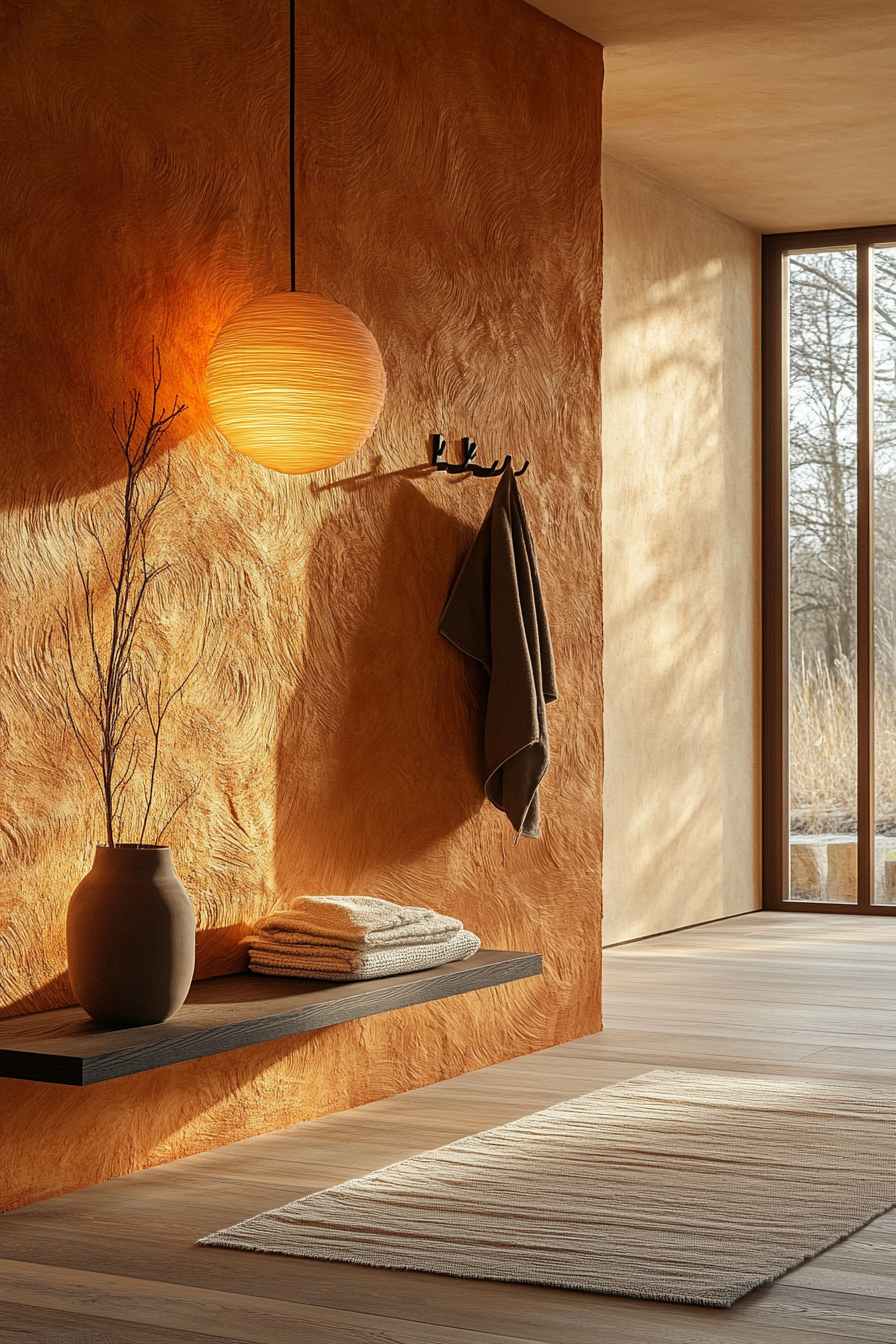
Color and Style Combinations to Consider
The impact of your textured wall is shaped by both the finish and the color. Here are some striking combos:
- Earthy Browns + Slap Brush: Rustic, warm, and inviting. Perfect for cozy dens and reading nooks.
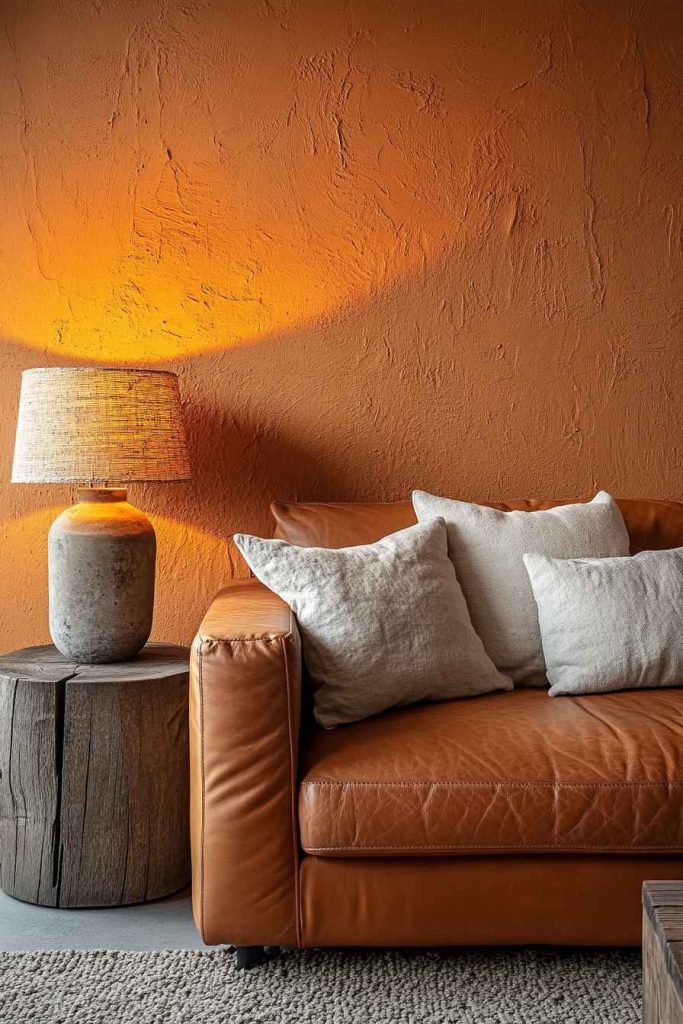
- Charcoal Gray + Venetian Plaster: Sleek and modern, ideal for a bold home office or urban loft.
- Ivory White + Sand Swirl: Soft and dreamy. Ideal for bedrooms and bathrooms.
- Forest Green + Knockdown Texture: Adds drama with a natural tone, perfect for accenting wooden furniture.
- Sunset Orange + Faux Stucco: Vibrant, energetic, and unexpected.
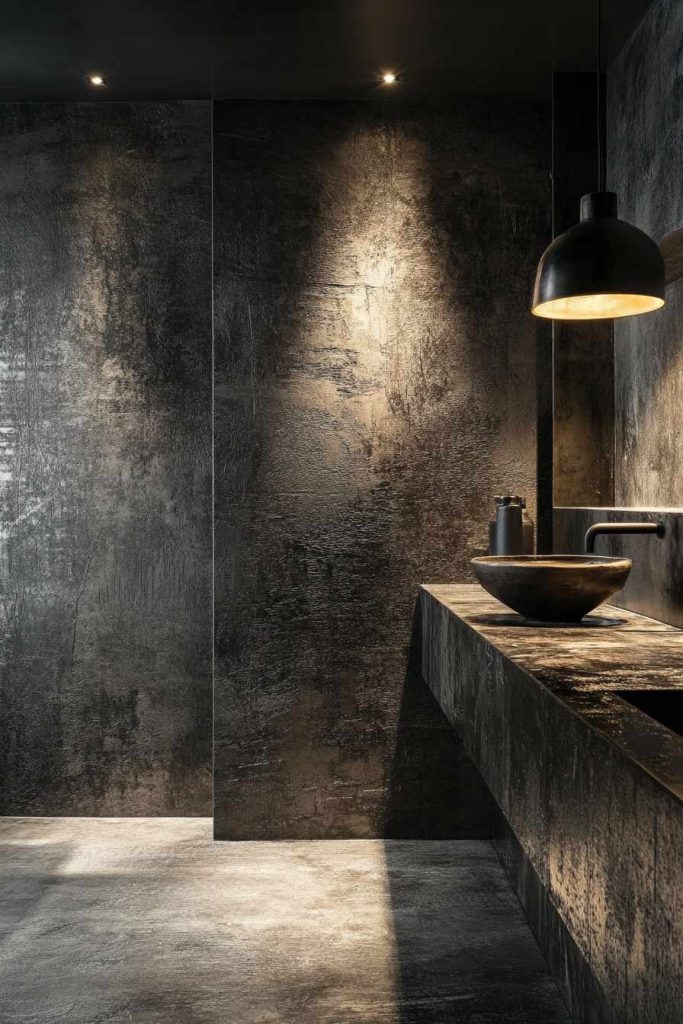
DIY vs. Hiring a Professional
Creating a textured accent wall can be done as a DIY project—if you’re up for a little mess and muscle.
When to DIY:
- You’re working with small walls or low ceilings.
- You enjoy creative, hands-on tasks.
- You’re using simple textures like sponge, roller, or slap brush.
- You’ve watched plenty of tutorials and feel confident.
Basic Tools You’ll Need:
- Joint compound or texture additive
- Paint tray and roller
- Trowel or drywall knife
- Texturing brushes or sponges
- Painter’s tape and drop cloths
When to Call a Professional:
- You’re doing an intricate texture like Venetian plaster.
- The wall is large or includes high ceilings.
- You want a flawless, even application.
- You’re working in a high-traffic or high-visibility area.
Step-by-Step Guide to Creating a DIY Textured Paint Accent Wall
1. Prep the Wall:
- Clean surface with a damp cloth.
- Repair dents or holes with spackle.
- Sand and prime the wall for better adhesion.
2. Protect Surrounding Areas:
- Use painter’s tape along edges.
- Lay down drop cloths to catch drips and compound splatters.
3. Choose Your Texture Style:
- Select your material: sanded paint, joint compound, texture spray, or premixed textured paint.
- Decide on the tool: roller, sponge, comb, brush, or trowel.
4. Apply the Base Coat:
- Use a flat color that complements your texture coat.
- Let it dry completely.
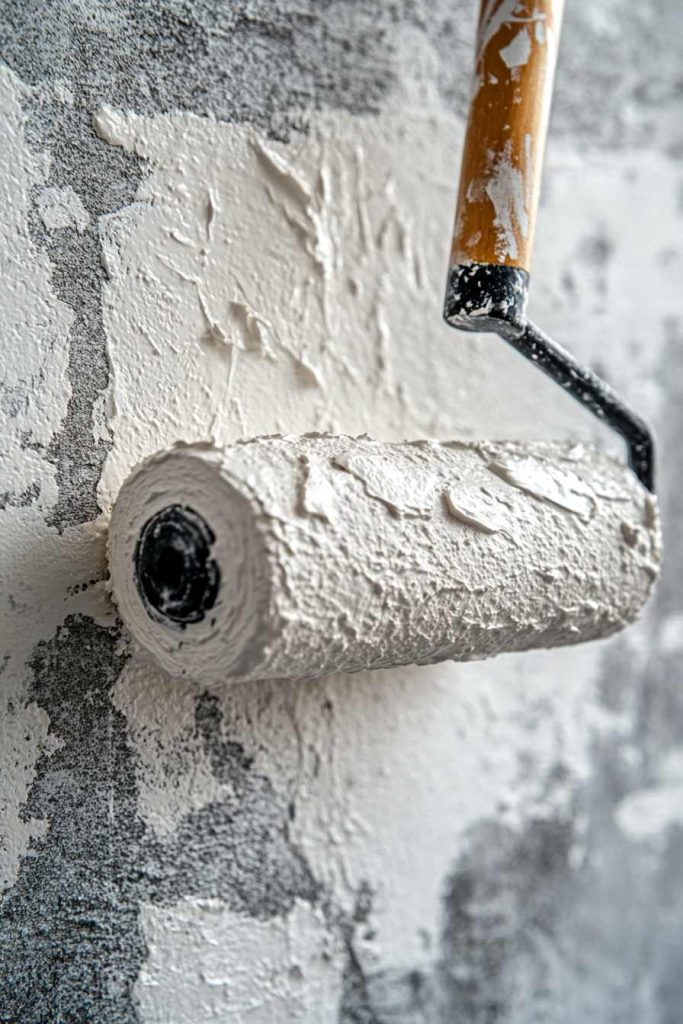
5. Add Texture:
- Work in sections.
- Use your tool to apply compound or textured paint.
- Be consistent with your movement, direction, and pressure.
- Let dry fully—can take 24 to 48 hours.
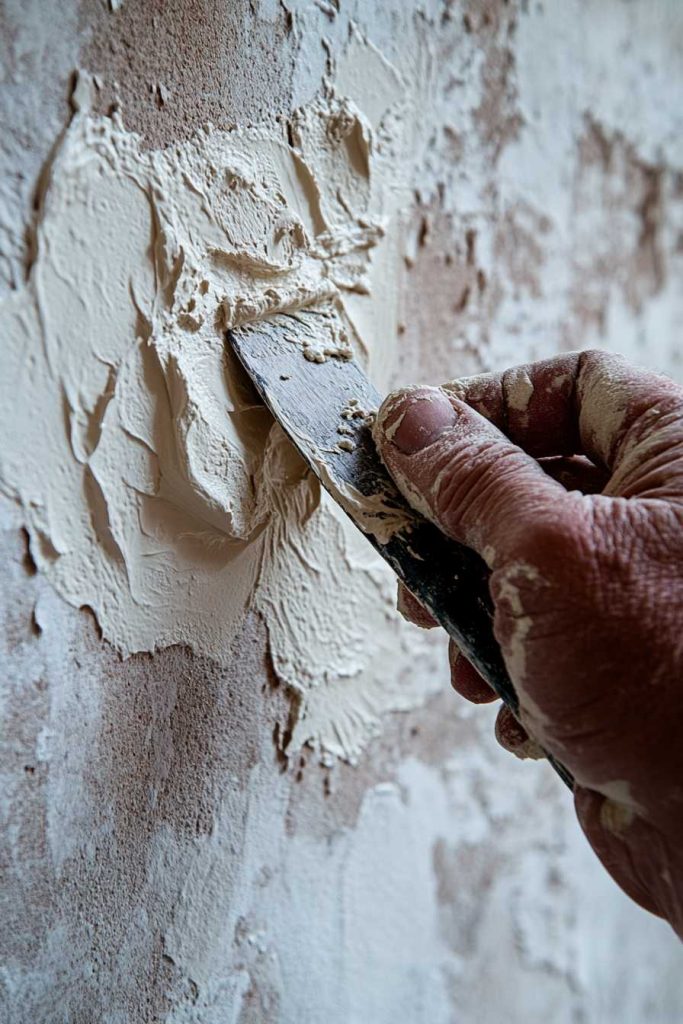
6. Optional: Add Color Wash or Glaze
- Once the textured surface is dry, you can enhance it with a glaze or secondary color rubbed lightly over the top to add depth and highlights.
Maintenance Tips for Textured Paint Walls
- Dust Often: Use a microfiber cloth or feather duster. Textures can trap dust more than flat paint.
- Spot Clean Gently: Use a damp sponge and mild soap. Avoid harsh scrubbing.
- Touch-Up with a Dab: Keep extra textured paint for small patch-ups.
- Avoid Repainting Flat Over Texture: If you want a flat wall again later, be prepared to sand it down thoroughly.
Pros and Cons of Textured Paint Accent Walls
✅ Pros:
- Adds artistic flair and visual interest.
- Camouflages flaws on wall surfaces.
- Customizable to match any decor.
- Long-lasting and durable.
- Makes a small room feel dynamic.
❌ Cons:
- Harder to repaint or remove.
- Can accumulate dust and grime.
- Challenging to match textures in touch-ups.
- Time-consuming application.
Inspiration Gallery: Style Ideas to Explore
Although we can’t show images here, imagine the following setups:
- Modern Loft: A charcoal gray concrete-textured wall paired with industrial pendant lights and exposed pipes.
- Farmhouse Charm: A white slap-brush accent behind a vintage wood dining table.
- Boho Bedroom: A dusty rose sand swirl wall behind an upholstered headboard and macramé decor.
- Minimalist Zen: A pale gray knockdown finish wall with floating wooden shelves and leafy indoor plants.
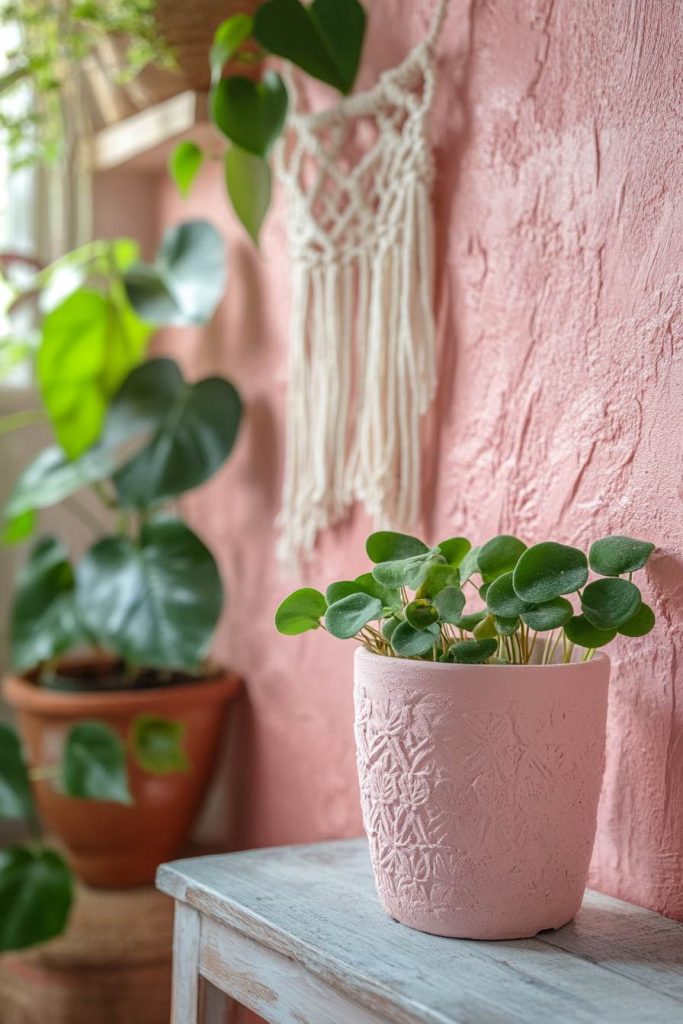
Pinterest, Instagram, and home decor magazines are filled with ideas you can use to draw inspiration for your perfect wall.
Final Thoughts: Create Character That Speaks Volumes
A textured paint accent wall is more than a decorative upgrade—it’s a personality statement. Whether you’re looking to add drama, soften a room, or simply try something new, textured finishes offer endless possibilities. And the best part? It’s a transformation you can see and feel.
So whether you’re a weekend DIYer ready to wield a brush or a homeowner with a vision and a contractor on speed dial—don’t be afraid to go bold. Textures bring the story of your home to life, one brushstroke at a time.

